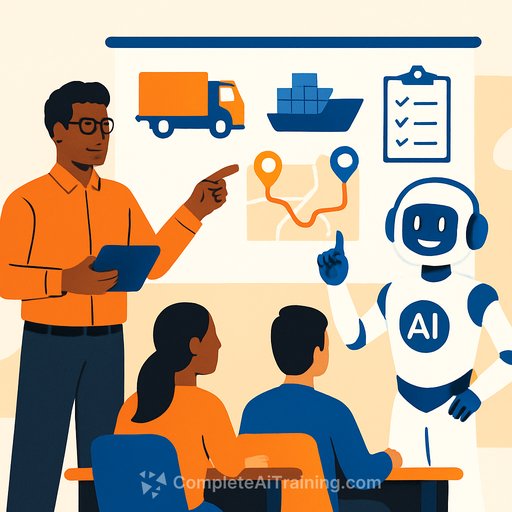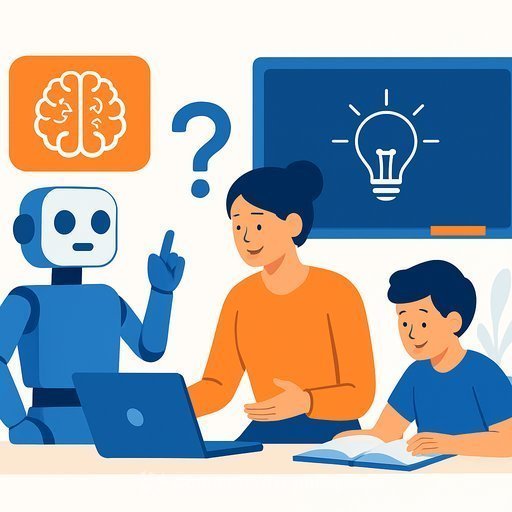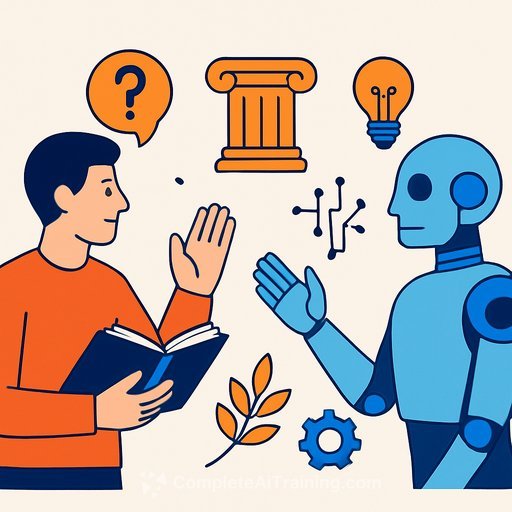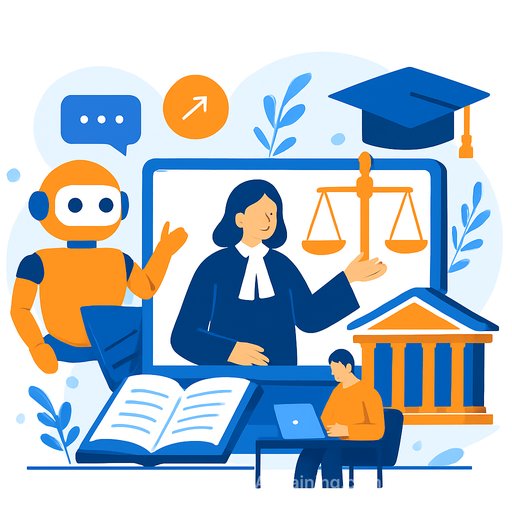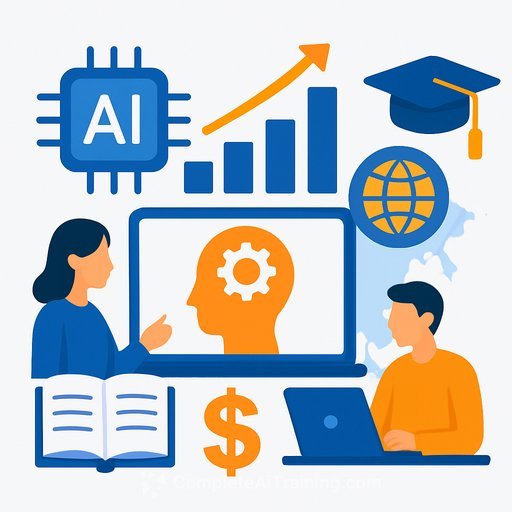Ohio State Professor Integrates AI to Transform Supply Chain Education
At Ohio State University, Assistant Professor Vince Castillo is changing the way supply chain courses are taught by incorporating artificial intelligence directly into his classroom. Instead of restricting AI tools like ChatGPT, Castillo views them as opportunities to improve learning and student engagement.
AI as a Learning Partner
Castillo created an AI chatbot called Supply Chain Brutus, which accesses his custom textbook and course materials to answer student questions. Unlike generic AI chatbots, Brutus uses a technique known as retrieval augmented generation. This allows it to pull information from specific chapters of the textbook to provide precise, relevant answers.
Students can ask Brutus for help with assignments, such as creating interactive supply chain maps. The chatbot doesn’t just give answers; it cites textbook chapters and links students back to those sections for further review. This approach encourages students to engage with the source material rather than just accepting AI-generated responses.
Prioritizing Privacy and Control
Privacy is a key concern with AI tools. Supply Chain Brutus operates on a secure, private website that requires a password, unlike public AI platforms that may store conversations. The system uses local infrastructure combined with trusted web technology providers to ensure data confidentiality.
While AI supports student learning, Castillo maintains strict control over grading. He emphasizes that all grades come from him, not from AI. This preserves academic integrity and ensures students understand the role and limitations of AI in their education.
Encouraging Open Dialogue About AI
Castillo encourages open conversations with students about how they use AI and their experiences with it. This dialogue helps him identify both the strengths and weaknesses of AI tools from the perspective of Gen Z learners, making the technology more effective in the classroom.
“AI isn’t going away,” Castillo says. “We need to find ways to integrate it meaningfully into education to improve learning outcomes.” His approach offers a practical example for educators looking to adapt their teaching methods in a world where AI is increasingly present.
- Uses AI to enhance student engagement and personalize instruction.
- Developed a custom chatbot that references specific textbook material.
- Maintains data privacy by using a secure, closed environment.
- Keeps grading firmly under instructor control to ensure fairness.
- Fosters open discussions about AI's role and limitations in learning.
For educators interested in integrating AI tools into their own teaching, exploring resources on AI in education can be a great start. Platforms like Complete AI Training’s ChatGPT courses offer practical guidance on using AI effectively and responsibly in the classroom.
Your membership also unlocks:

